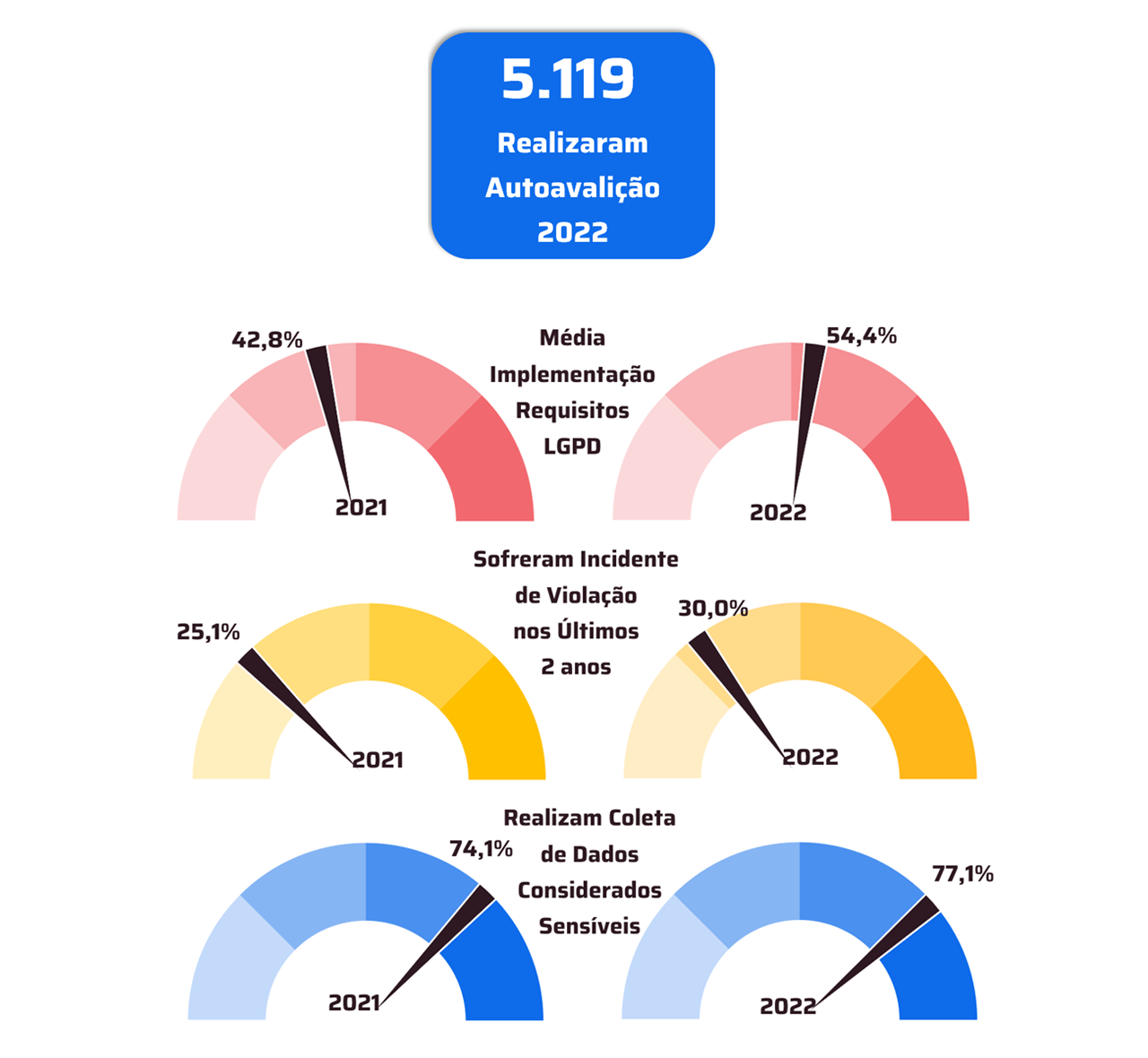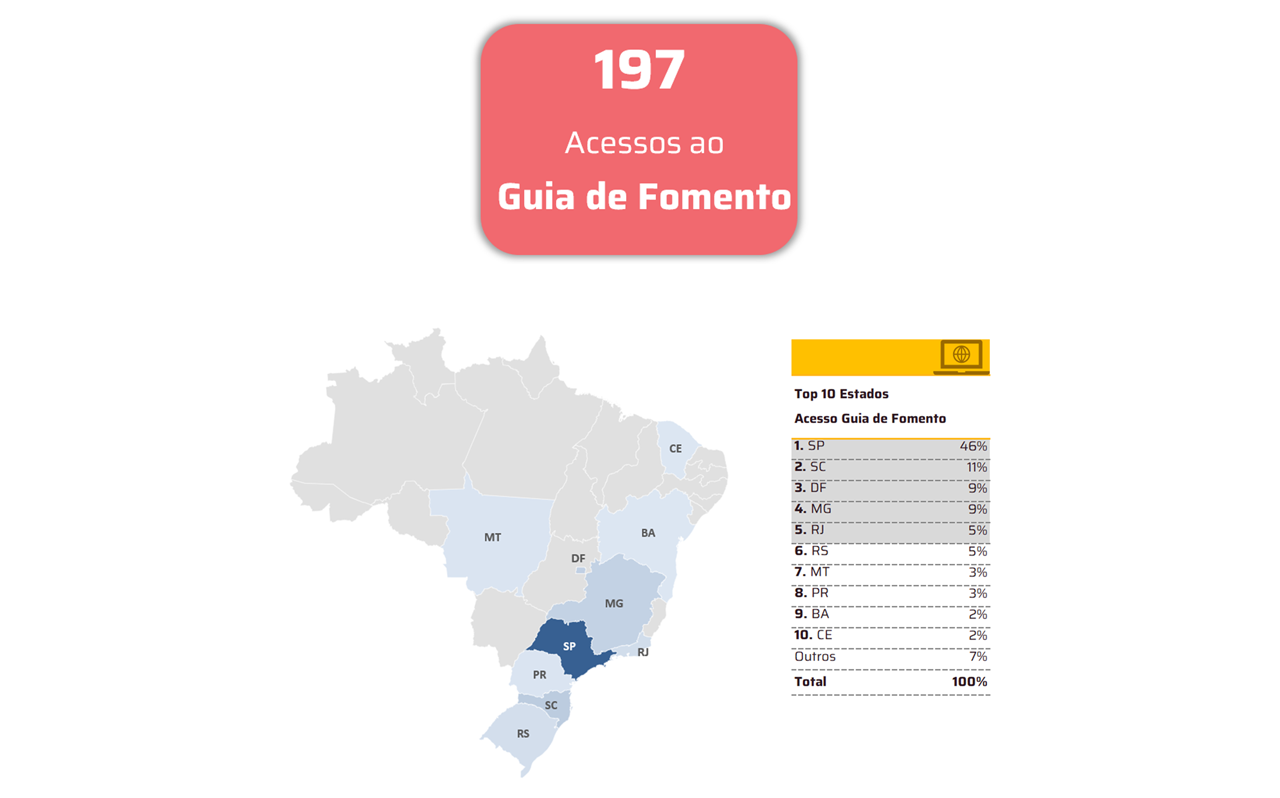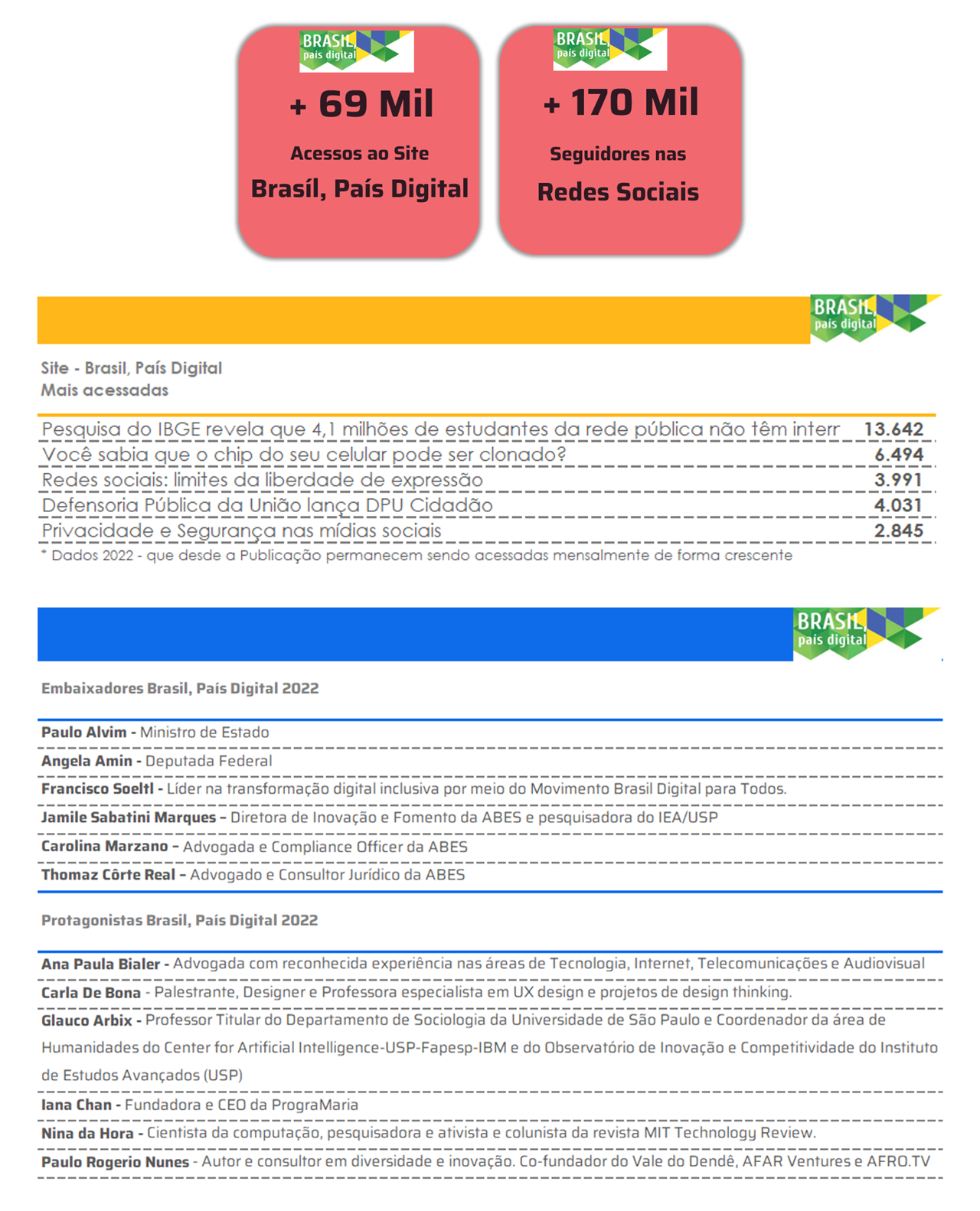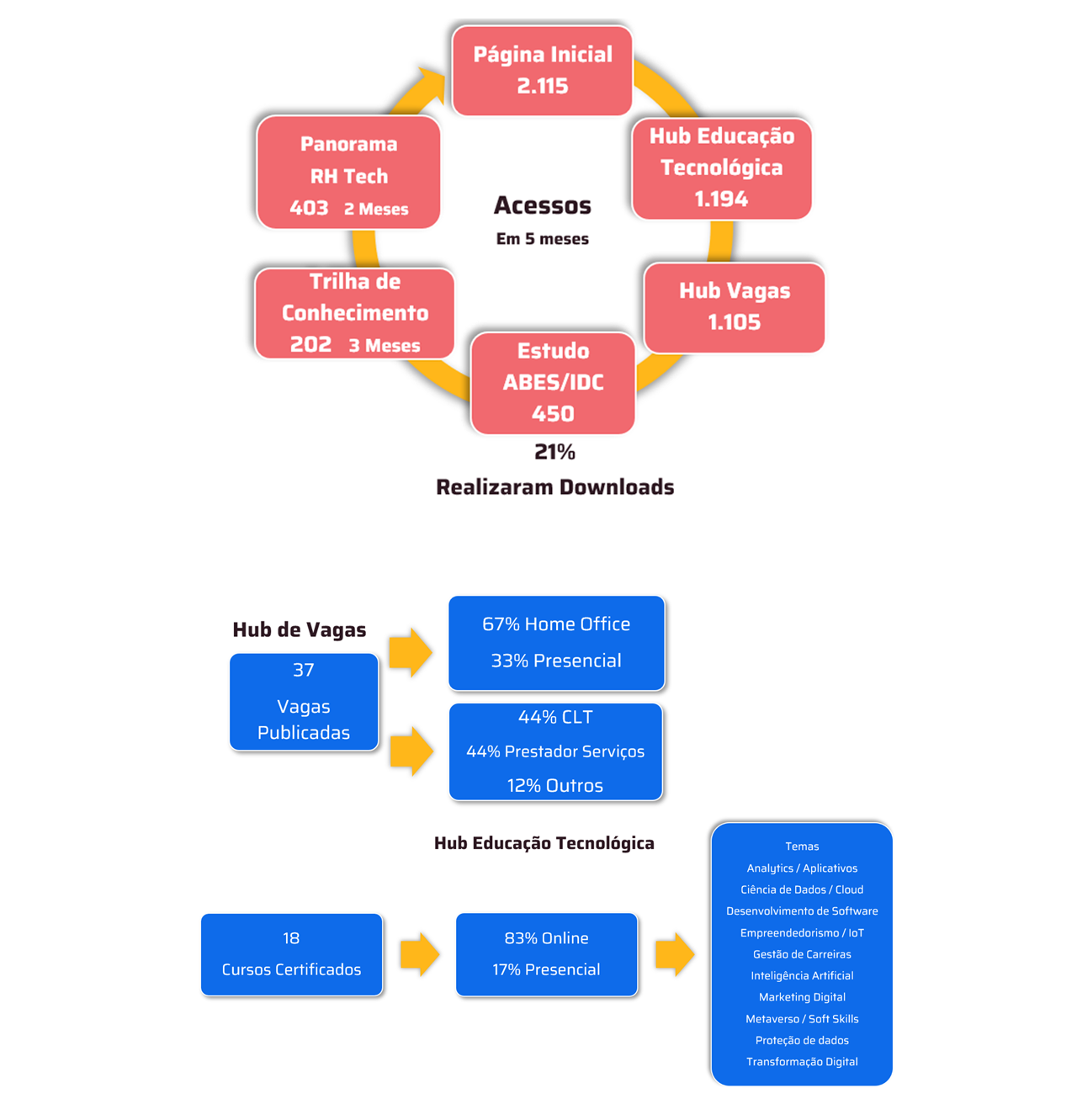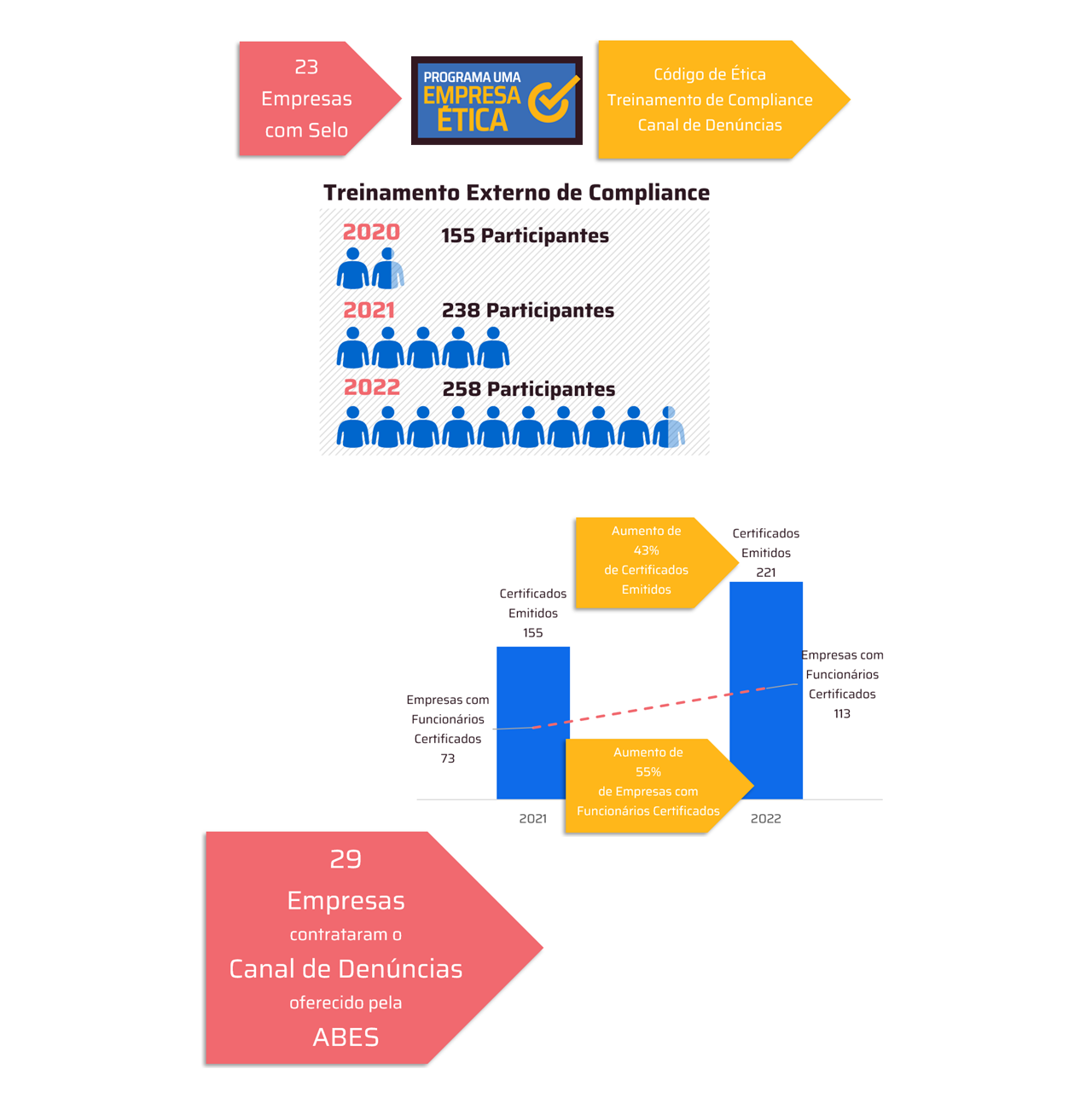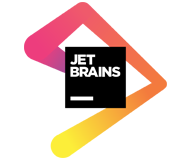 *By Priscila J. Papazissis Paolinelli and Cesar Ripari
*By Priscila J. Papazissis Paolinelli and Cesar Ripari
In recent years, the availability and large volume of data transiting in databases, Social Networks and sensors, added to the analytical, statistical and programming capacity and the great computational power available, means that individuals and organizations have begun to turn their attention to to the term Data Literacy (data fluency). Being fluent in data is having the ability to read, access, manipulate, communicate and know how to argue with data to solve day-to-day problems inside and outside organizations. When applied to the business environment, it can be considered a competence that helps in the organization and dissemination of data within the company, in search of more accurate and sustained analyzes and results.
By being trained in these skills, we will be able to better understand the information we are subjected to on a day-to-day basis and increase our ability to generate hypotheses and think critically and analytically, being able to solve problems based on data and taking decisions informed by them, and not just by intuition and / or accumulation of experience over the years in certain subjects.
Fluency in data (or 16) will compose the set of methods and processes applied to Business Intelligence, Analytics and Data Science, as the generation of knowledge that takes place from the information captured and treated with the objective of supporting decision-making can be, in fact, a reference for action. The increase in operational efficiency is undeniable, the possibility of reducing costs, increasing revenue, where to sell, in which regions to invest, which products to create, how to segment my customers effectively; are some of the questions that can be answered and sustained from the data.
In their study, Prado and Marzal (2013) stated that the skills necessary for fluency in data include:

- Ability to identify the context where data is produced and reused (data life cycle);
- Ability to recognize value in data sources, types and formats;
- Ability to determine when data is needed;
- Ability to access appropriate data sources for the information needed by the organization;
- Ability to criticize inconsistencies in the presented data sources;
- Ability to determine and use suitable research methods to answer business problems;
- Ability to manipulate and analyze data from low, medium and high complexity statistical concepts;
- Knowledge of how to select and synthesize data and combine it with other sources of information and knowledge;
- Ability to present quantitative information in tables, graphs, etc.;
- Use data in an ethical and legally acceptable manner;
- Ability to apply results obtained from data in learning, decision support and problem solving;
- Ability to plan, organize and enable autonomous use of data in processes.
With these skills developed, people are expected to be able to make strategic, tactical or operational decisions based on data to guide their actions. The ability to think about data analytically is important not only for the Data Scientist, but throughout the organization, as we can all make more optimized decisions that generate better and more accurate results. Data is essential, as it is the result of each of the stages of most companies' processes, which, when mapped into systems and properly worked on, can guide organizations to strategically position themselves in a world that is increasingly full of information. But… there is yet another fluency… the statistical fluency.
Have a Sponsor
Guidance for companies that would like to make their actions data driven it is often to take this vision to the executives first. A leader who believes in data is certainly enthusiastic about his employees. Normally, this action has to be a strategic guideline for the company, since the results will often be reflected in the strategy itself.
One of the ways to be successful in this implementation is to understand the importance of data, know how to ask questions or raise business problems and understand the audience that needs to consume each piece of information. Another key issue is to ensure the quality of the information made available: the famous “Garbage in, garbage out”, a phrase attributed to several authors, reiterates the need to understand the life cycle of the data so that it can in fact represent the processes in a reliable manner. . In a Data Fluency program, low-quality data will make the action unfeasible, as confidence is not achieved knowing that the data does not represent the execution. Data fluency is a set of skills that needs to be taken into account for the evolution of any organization. Believe the data!
Cesar Ripari Leader of the BI and Analytics Committee of the Brazilian Association of Software Companies (ABES) and Director of Pre-Sales for Latin America at Qlik.
Priscila J. Papazissis Paolinelli is Data Product Manager at Localiza&Co, Master in Business Administration from FUMEC University, postgraduate in Software Engineering from UFMG and Bachelor in Computer Science from FUMEC University.
Bibliographic references
GARTNER. Available on here. Accessed on: 08/04/2019.
GUMMER, Edith; MANDINACH, Ellen. Building a Conceptual Framework for Data Literacy. Teachers College Record, v. 117, no. 4, p. n4, 2015.
MANDINACH, Ellen B.; HONEY, Margaret; LIGHT, Daniel. A theoretical framework for data-driven decision making. In: annual meeting of the American Educational Research Association, San Francisco, CA. 2006.
PRADO, Javier Calzada; MARZAL, Miguel Ángel. Incorporating data literacy into information literacy programs: Core competencies and contents. Book, v. 63, no. 2, p. 123-134, 2013.
PROVOST, Foster; FAWCETT, Tom. Data science and its relationship to big data and data-driven decision making. Big data, v. 1, no. 1, p. 51-59, 2013.
Qlik. Available on here. Accessed on: 08/03/2019.





